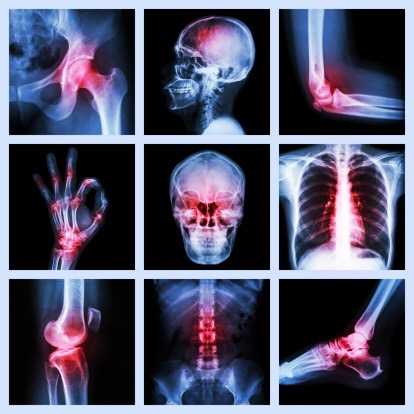Chronic Pain with an Aging Workforce
Impending risks of an aging workforce are hot topics in executive meetings across the globe. The statistics are compelling. The workforce is steadily aging, a reflection of declining birth rates and the graying of the baby boom generation. The percentage of the U.S. workforce between the ages of 55 and 64, for example, is growing faster than any other age group. With this dramatic demographic shift comes inherent health risks and an increase in problematic presenteeism. The workforces shifting age welcomes unfortunate chronic disorders. During a session at the CWC and Risk conference a panel is experts discuss chronic pain in the aging workforce.
The speakers included:
· Kevin Lombardo, President & CEO, DORN Companies(moderator)
· William Woyshner, Western Regional EHS Manager, Saint-Gobain Corporation
· Lynne Watt, Manager, Risk Management and Insurance, Saint-Gobain Corporation
· Kristie Elton, Systemwide Healthcare Risk and Safety Program Manager, University of California, Office of the President
Overexertion, sprains, and strains
Overextension is a common cause of workers’ compensation and healthcare claims. These types of injuries are usually caused by repetitive motion, such as typing/data entry, working in an awkward position, twisting, lifting, pushing and carrying objects.
Impact of the aging workforce
Workers ages 55-65 are the fastest growing component of the workforce. The older workers tend to be better to work with, in part thanks to their years of prior experience, and how careful they are at work. They represent significant skills and experience. Employers don’t want to lose expertise. The costs per cycle is going to be more for the aging workforce. The severity increases by age have continued to increase over time. The average duration for temporary payments increases over time as well. Psychological stress can have a negative impact on pain, as it causes disruption to the nervous system. Secondary effects of chronic pain are connected, and many times one effect leads to and/or triggers another. These key effects are cognitive effects, impact on diet, impact on sleep, etc.
Costs of Pain
Total direct cost= $560B to $635B
-incremental health costs = $216B to $300B
-lost productivity = $299B to $334B
Presenteeism = 57.5 days per year (10x cost of absenteeism)
Opioid crisis = $78.5 billion a year
Total worker health: A HOLISTIC APPROACH
By joining occupational health, economic and safety initiatives with workplace wellness programs, organizations can:
- Reduce the frequency and severity of workers’ compensation claims
- Reduce medical plan costs
- Boost employee morale
Setting the stage for pain elimination includes four pillars:
- Senior management support
- Eliminate barriers to address the causes of pain
- Develop measures and metric
- Combine ergo and treatment initiatives with education
Case Study
Situation
University looked at facility, dining and housing workers. What surprised the employer was actually how many of them had a second job. Important to address both the job and the person conducting the job. You have to look at who is more at risk for that type of job. Look at the ergonomics and the hours of the job. Also looked at daily health habits.
Solution
University implemented two programs for their housing department. These are the people who clean the housing at the universities. University engaged a yoga instructor on a lunch break. They could do a yoga class at lunch to learn flexibility. This was completely voluntary. Their manager gave them an extra half hour for lunch as an extra incentive once they saw the benefits of the program.
Result
Their overall level of discomfort went down. Their reach was increased. There was a decrease in slips, trips and falls because of the better body mechanics and better body awareness. Their mental health increased immensely.


